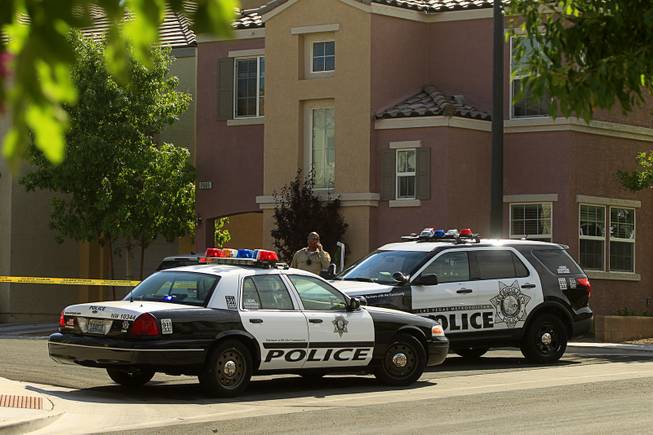
Metro Police vehicles block access to Calico Fields Street after an officer-involved shooting near Fort Apache and Farm roads Monday, Aug. 11, 2014. A suspect was shot after officers responded to a disturbance call.
Tuesday, Oct. 21, 2014 | 2 a.m.
Politicians, protesters and TV commentators have spent lots of time talking about police shootings in the past few months.
But the reality is, the nation's top criminal justice experts know very little about what triggers the use of lethal force and how police departments can better train officers to prepare for these split-second decisions.
A team of researchers led by professor Bryan Vila at Washington State University Spokane is aiming to change that.
Vila, a former cop, is developing standard ways to measure officers' judgment in using deadly force.
The August shooting of an unarmed black teenager In Ferguson, Mo., by a white police officer sparked protests and national debate on police officers' use of force. In Las Vegas, Metro Police officials for years have grappled with public scrutiny of officer-involved shootings.
The U.S. Department of Justice stepped in three years ago to investigate Metro’s practices and called for an overhaul. Now a similar review is underway in Ferguson.
Metro and police shootings
A timeline of the federal review of Metro’s deadly force policies.
January 2012
Metro Police officials agree to take part in a federal review after facing criticism from the Las Vegas community over its use of force policies. The U.S. Justice Department’s Collaborative Reform Initiative aimed to help Metro adopt national standards and best practices. It was the first federal investigation of its kind.
November 2012
The Justice Department completes its first assessment of Metro and comes up with a list of 75 recommendations. The list included new federal reforms and reforms that Metro started before and during the assessment.
September 2013
A status report shows Metro implemented 56 reforms with another 15 in progress.
May 2014
Two years since the federal investigation began, Metro gets its final assessment with 72 reforms implemented.
September 2014
Justice Department officials announce they will use the Collaborative Reform Initiative in Ferguson, Mo.
Vila spoke with the Sun about about his study. Here are some key findings followed by Vila's explanations, edited for brevity and clarity:
Experts don’t know whether officers can be properly trained to handle fatal encounters.
Vila: We really don’t understand if it’s lack of training when things go sideways or whether we’re asking things of officers that are impossible.
The problem may be that in these fast-paced encounters, things move quickly and no matter how much information you have at the moment, you have to make a decision. Oftentimes there’s just not enough time and you just can’t perceive the information that you need in that amount of time.
Media and the public tend to overlook probability.
The idea of probability is a piece that the public and the talking heads on television tend not to get. Even in a relatively easy encounter, where things are moving fairly slowly and there’s good light and maybe you’re lucky and the suspect is wearing a white shirt and carrying a dark weapon … that diminishes your odds of a tragic mistake. But it doesn’t mean it couldn’t happen. These encounters are probabilistic and complicated.
Part of the reason there isn’t enough research about officer-involved shootings is because they don’t happen consistently enough for researchers to properly understand them.
These incidents are a statistical anomaly. Such a small percentage of the population is killed by police, and it takes a lot of data to understand them. They’re also very random. It’s hard to get an understanding of them when you talk about causation.
My hope for the new metrics is that they’ll be a step in the right direction so that we’ll be able to understand them.
Research on this topic doesn’t get much funding.
We allocate the same amount of money on understanding the criminal justice system as the National Institutes of Health devote to alternative medicine.
We have enraged people rioting on the streets, and reporters rant on and on about things we don’t know the answers to. A lot of these are basic questions, but we don’t invest enough on research. Part of it is politics and other silly things.
There are no national standards for handling officer-involved shootings and they may never exist.
There are very, very few departments that handle a large population size. These bigger departments have a high proportion of all the officers in the country, but most agencies are quite small and have departments staffed anywhere from 50 officers to one officer.
That adds to the complexity of trying to figure out what’s the right thing to do.
See below for a list of high profile officer involved shootings in Southern Nevada.
-
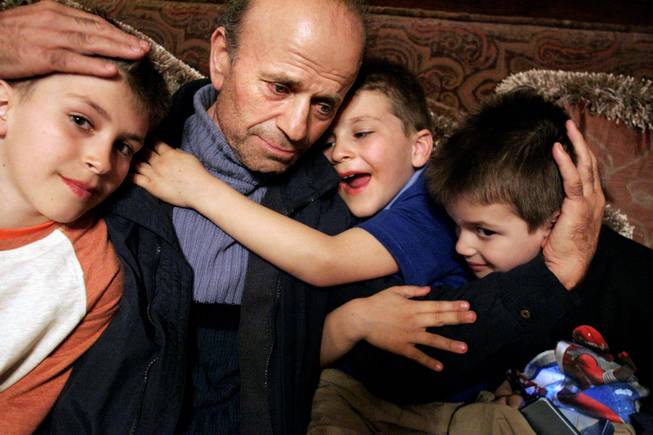
Zyber Selimaj, sits with his sons (from left) Alban, 11, Azbi, 7, and Arber, 5, at their Henderson home.
Feb. 12, 2008
Different stories have emerged about the shooting death of Henderson mother Deshira Selimaj, who was killed Feb. 12, 2008, at Sunridge Heights and Pecos Ridge parkways, where her husband had been pulled over in his ice cream truck for a traffic violation.
A Clark County Coroner’s jury ruled that the officer who pulled the trigger, Luke Morrison, was justified in the shooting. Morrison and other officers testified that Deshira Selimaj threatened them with a knife after arriving at the scene.
Following the verdict, husband Zyber Selimaj filed a wrongful death suit against Henderson. The settlement was $700,000.
-
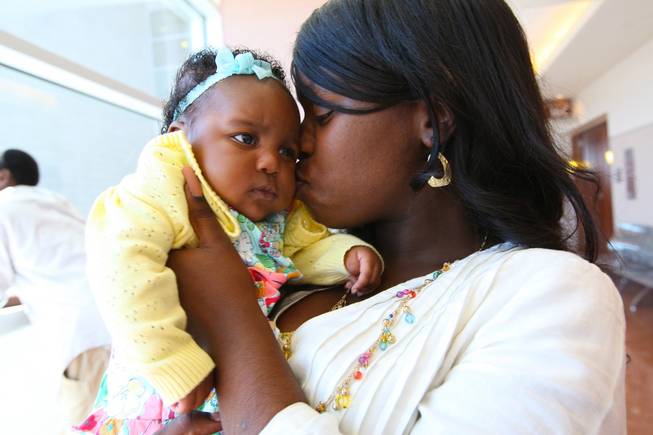
Trevon Cole's fiancee, Sequioa Pearce, left, snuggles their 2-month-old daughter, KaLynn Cole, during a break Saturday, Aug. 21, 2010, in a coroner's inquest at the Regional Justice Center. Cole was shot and killed by Metro Police while serving a search warrant.
June 11, 2010
Metro narcotics detective Brian Yant fired one shot that killed 21-year-old Trevon Cole, who was unarmed, during a raid at the Las Vegas apartment he shared with his pregnant fiancee, Sequioa Pearce. Police said Cole made a “furtive movement” toward Yant when the detective kicked open a bathroom door and found Cole allegedly flushing marijuana down the toilet.
-
A photo of a gun that was held by the victim is displayed during an inquest for the shooting of Richard Nolton Sr. at the Regional Justice Center Friday, Sept. 10, 2010. Nolton was shot by an officer in Henderson in July.
July 3, 2010
Henderson Officer Brian Pollard shot and killed 42-year-old Richard Bernard Nolton in the early morning hours of July 3 after a tense standoff during which Nolton repeatedly told officers he wanted to die.
The standoff began at about 7 a.m. at the home Nolton shared with his wife, two of his children and his mother-in-law.
A toxicology report revealed that Nolton had been using methamphetamines before he was killed and had a lethal level of the drug in his body when he was shot.
Police later determined that Norton's gun, which appeared to be a semi-automatic handgun, was actually a B.B. gun.
-
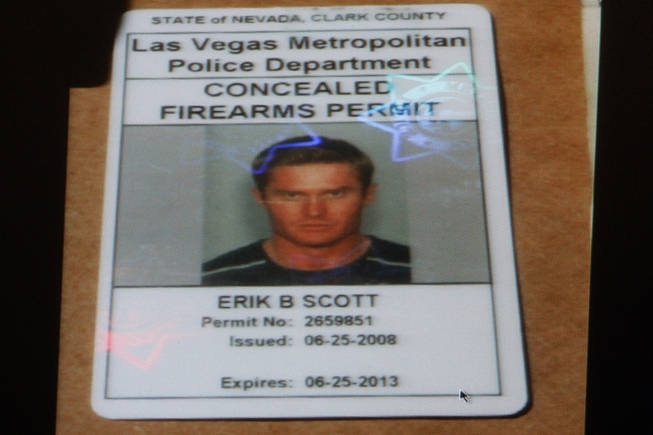
A photo of Erik Scott's concealed weapon permit is displayed during a coroner's inquest for Erik Scott at the Regional Justice Center Monday, September 27, 2010.
July 10, 2010
Three officers fired at 38-year-old Erik Scott at a Summerlin Costco, striking him multiple times. He died at University Medical Center a short time later.
According to Metro Police, witnesses said that Scott pointed the pistol at an officer, but a lawyer representing Scott's family denied police reports.
Attorney Ross Goodman, a criminal defense lawyer and son of Las Vegas Mayor Oscar Goodman, said Scott had a concealed weapon permit.
"He did not pull a handgun," Goodman said. "All the witnesses we've heard from have said he did not make any threatening gestures, and didn't do anything that could be construed as acting in a threatening manner."
-
Rudy Gibson cries as he remembers his younger brother Stanley during an interview in his attorney's office in Henderson Thursday, Feb. 21, 2013. Stanley Gibson was killed in an officer-involved shooting in December of 2011.
Dec. 12, 2011
Stanley Gibson, a 43-year-old Gulf War veteran, died in a botched attempt to force him from his car using pepper spray and nonlethal beanbag rounds.
Police planned to use a beanbag round fired from a shotgun to break a window on Gibson’s car and then fill the cabin with pepper spray to force him out, according to a police statement. But when the beanbag round was fired, another officer fired seven live rounds from a rifle, killing Gibson. Officer Jesus Arevalo, Officer Malik Grego-Smith, Sgt. Michael Hnatuick and Lt. David Dockendorf were involved in the shooting, which happened near Smoke Ranch Road and Rainbow Boulevard.
According to Gibson’s wife, Rhonda, Gibson was suffering from post-traumatic stress disorder and brain cancer. Rhonda Gibson said her husband had been unable to get his medication to control his anxiety and that he called her in a state of confusion the night before, thinking he was home while he was at the neighboring condominium complex.
-
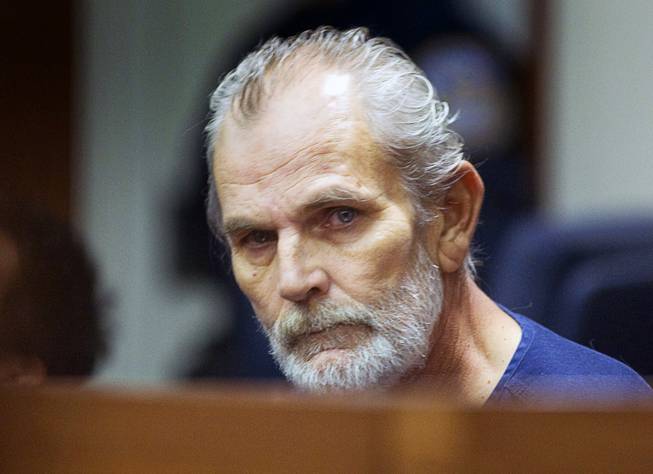
Tony McNeill, 54, appears in Henderson Justice Court on Monday, Jan. 23, 2012. McNeill, who faces felony charges for pointing a rifle at officers, has been recovering in the hospital after having been shot by Henderson Police in late December.
Dec. 26, 2011
Tony McNeill, 54, came out of his condo holding a rifle, with its barrel pointed toward the ground. Henderson Police Officers John Bellow, Kevin Perkins and Christopher Gerhard responded to the home in Country Hills condominiums near Boulder Highway. After being told to drop the weapon and surrender, McNeill raised the rifle and pointed it toward the officers, according to an arrest report. Three officers fired at McNeill. He was wounded in the chest and taken to the hospital for surgery after the shooting and survived.
"I feel pretty damn lucky. I feel lucky ... that I ain't dead," McNeill told reporters during an impromptu press conference outside a Henderson Justice Court courtroom to deal with felony assault and weapons charges stemming from the Dec. 26 confrontation.
-
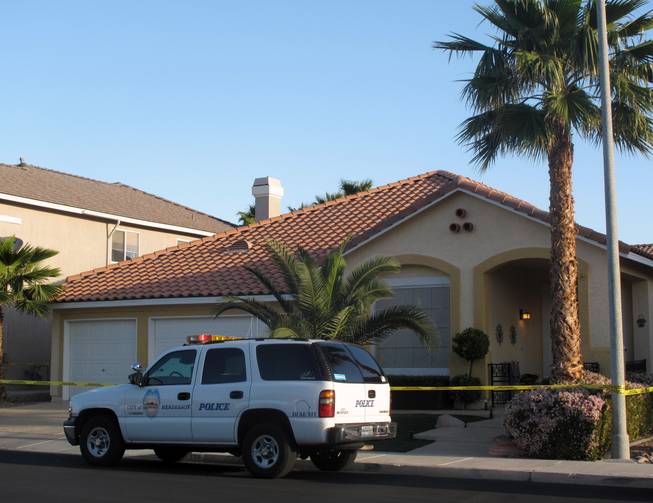
Nov. 7, 2012
After a two-hour standoff, Henderson SWAT officers fired nine lethal and 11 nonlethal rounds at Justin Hoey, 36, after he pointed his gun at police, said Chad Mitchell, the lead detective on an investigation into Hoey's death. Police pursued Hoey after his ex-girlfriend called police at 11:30 p.m.
When police located Hoey, they cornered him before he fell down an embankment and laid against a concrete wall next to a wash. Before SWAT arrived, Mitchell estimated around 20 to 30 officers surrounded Hoey. Hoey appeared disoriented throughout the night, and a blood test showed his blood alcohol level was .11 and he had 320 nanograms per milliliter of methamphetamine in his system. A person would be considered under the influence while driving if he or she had a blood alcohol level of .08 or had 100 nanograms per milliliter of methamphetamine in his or her system.
A SWAT officer tried to negotiate with Hoey, who said he didn’t want to go back to prison and that he would kill himself.
Eventually, Hoey put his hoodie over his head, looked up and pointed the gun directly at an officer. Police then fired lethal rounds.
-
Antoine Hodges, shot by a Metro Police officer while getting gas at a convenience store Oct. 21, talks about filing a federal lawsuit against the department during a news conference at his attorney's office Friday, Nov. 1, 2013.
Oct. 21, 2013
Antoine Hodges, 30, was mistaken as a homicide suspect and shot by a Metro Police officer at a 7-Eleven. Hodges and his wife, Annette, filed a federal civil rights lawsuit in U.S. District Court against Metro, Sheriff Doug Gillespie, Officer Jason Evans and other unnamed officers.
Surveillance footage shows Officer Jason Evans entering the store with his gun drawn as Hodges is about to exit. Hodges backs up while raising his left hand and putting his other hand near his right front pocket. Hodges continues backing up, ultimately hitting a merchandise rack and ice-cream freezer, at which point his right arm disappears behind his back. Two seconds later, the video — which does not include sound — shows a wounded Hodges sprawled out on the store floor.
The clerk stated that he heard Officer Evans yell out several times for Hodges to show him his hands, police said, but Hodges did not comply. Instead, the store clerk said Hodges backed away and told Evans that he “had not done anything,” police said. When Hodges hit the freezer, the impact caused his body to suddenly turn toward Evans. Evans perceived a threat and reacted by firing a single round at Hodges.
-
Henderson Police Department vehicles in a neighborhood where officials say an officer was wounded and a gunman killed in a shootout early June 11, 2014.
June 11, 2014
Ryan Marone, 36, was killed in an early morning shootout in a residential neighborhood near Horizon Ridge Parkway and Gibson Road.
Police responded to reports of shots fired in the Eagle Crest neighborhood. When officers arrived, Marone began shooting at them, according to police.
He wounded Henderson Police Officer Timothy Donnelly before police shot and killed him. Donnelly was transported to Sunrise Hospital and Medical Center and later recovered.
-
May 30, 2014
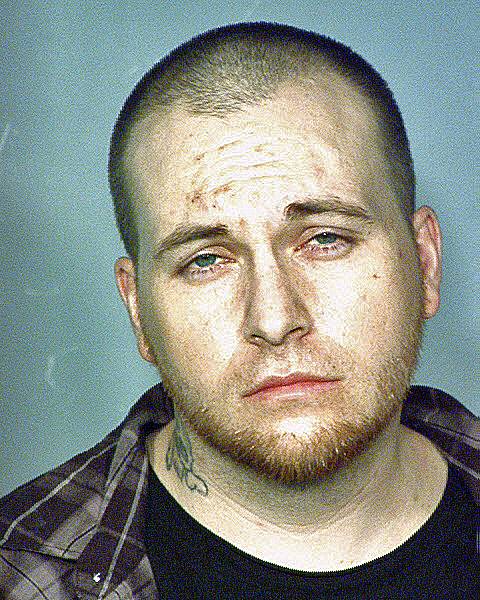
Danny Wadsworth is shown in a booking photo from a February 2013 arrest.
Danny Michael Wadsworth Jr., 31, allegedly robbed two women at Town Square and died after a shootout at Interstate 15 and Sahara Avenue, according to Metro Police. The women were walking to a parking structure around 8:15 p.m. on the south side of Town Square when a man demanded their purses, police said.
While Wadsworth ran off with the purses, the women and a security officer heard what they believed to be a gunshot, police said. Police tracked the suspect via one of the women’s cellphones and pinpointed him near Tropicana Avenue and Dean Martin Drive. He was driving erratically and officers stopped pursuing him, police said. Officers picked the chase back up when they located him near the I-15 and Sahara.
At that point, Wadsworth exited the freeway onto Sahara, headed eastbound, crossed into westbound traffic and subsequently collided with a vehicle. Officers called out orders to him after the crash, but Wadsworth pulled out a handgun and opened fire, according to police. Officers shot back and fatally wounded him. The two other people in the wreck were transported to a hospital, treated and released, police said.
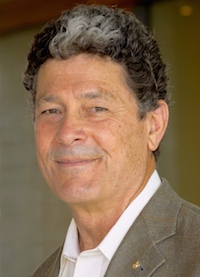


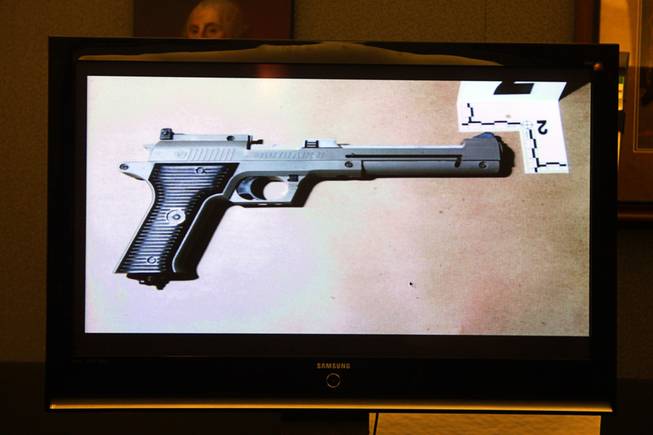

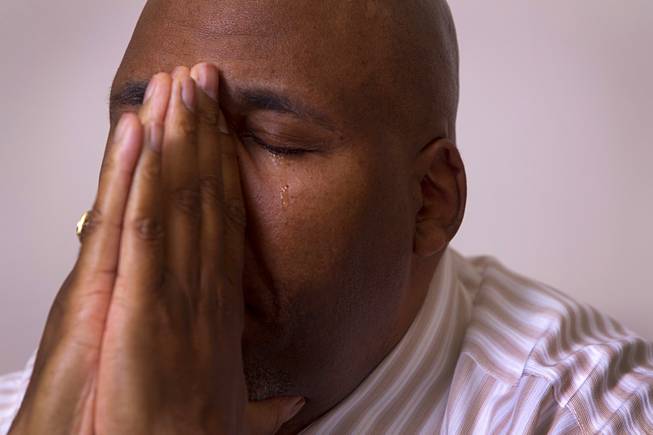


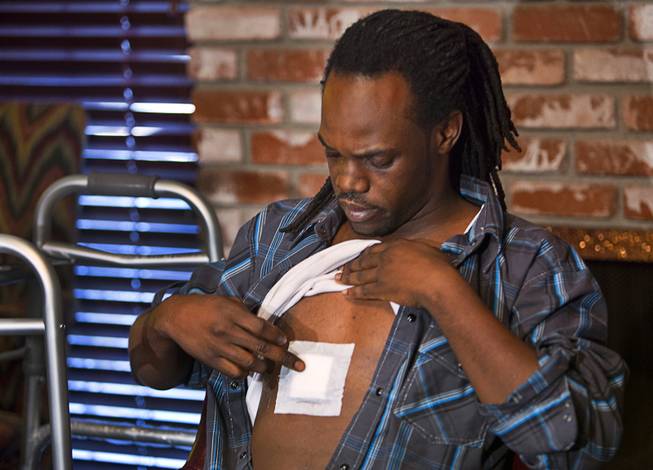
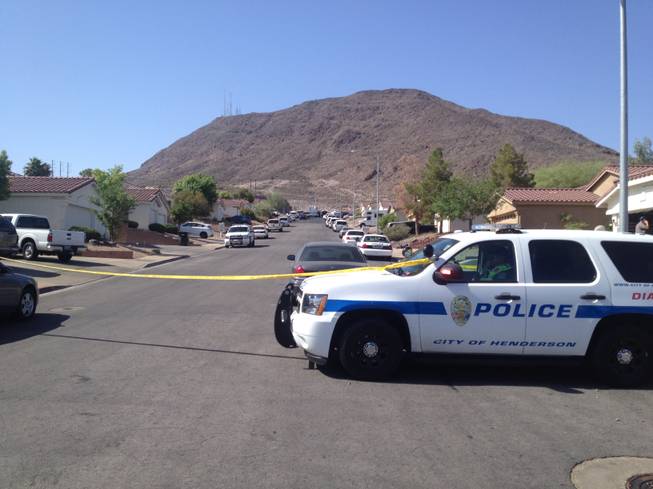


Join the Discussion:
Check this out for a full explanation of our conversion to the LiveFyre commenting system and instructions on how to sign up for an account.
Full comments policy